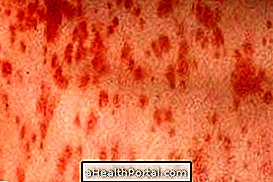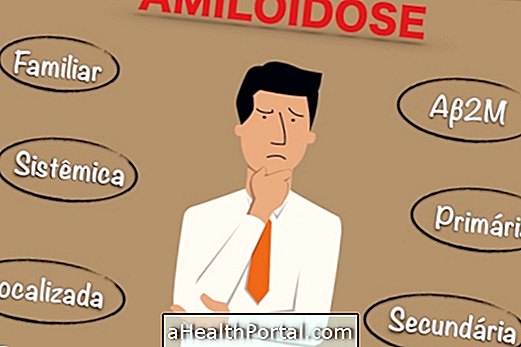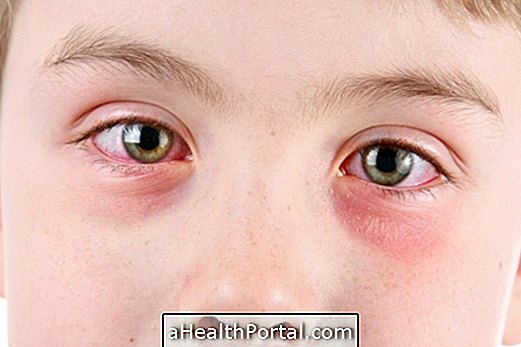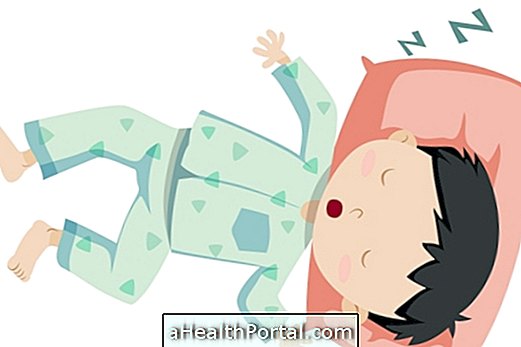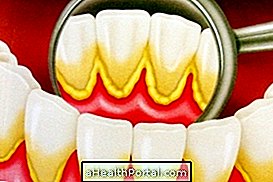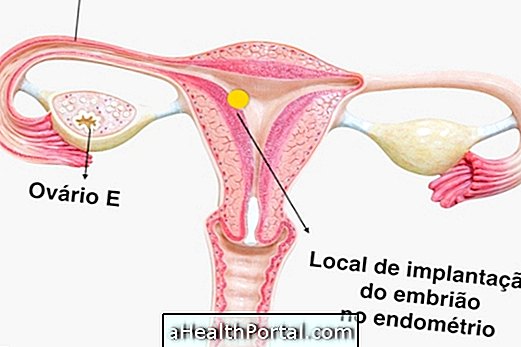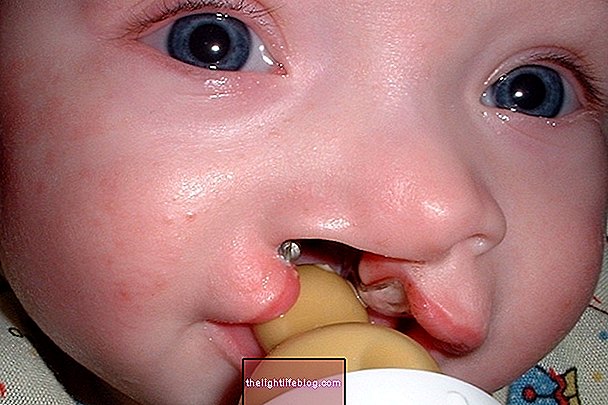The arachnoid cyst consists of a benign lesion formed by cerebrospinal fluid, which develops between the arachnoid membrane and the brain. In rarer cases it may also form in the spinal cord.
These cysts can be primary or congenital when they are formed during the development of the baby during pregnancy, or secondary, when they form throughout life due to trauma or infection, being less common.
Arachnoid cyst usually is not serious or dangerous, and should not be confused with cancer, and may even be asymptomatic. There are three types of arachnoid cysts:
- Type I : are small and asymptomatic;
- Type II: are medium and cause temporal lobe displacement;
- Type III: they are large and cause displacement of the temporal lobe, frontal and parietal.
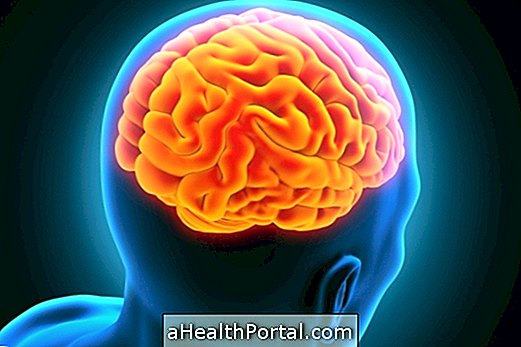
What are the symptoms
Usually these cysts are asymptomatic and the person only discovers that they have the cyst when doing some routine examination or the diagnosis of some disease.
However, there are cases where arachnoid cysts have some risks and cause symptoms that depend on where they grow, their size, or if they compress any nerve or any sensitive area of the brain or spinal cord:
| Cyst located in the brain | Cyst located in the spinal cord |
| Headache | Back pain |
| Dizziness | Scoliosis |
| Nauseation and vomiting | Muscle weakness |
| Difficulty walking | Muscle spasms |
| Unconsciousness | Lack of sensitivity |
| Hearing or vision problems | Tingling in the arms and legs |
| Balance problems | Difficulty in controlling the bladder |
| Delay in development | Difficulty in controlling the bowel |
| Insanity |
Possible causes
Primary arachnoid cysts are caused by abnormal growth of the brain or spinal cord during the baby's development.
Already the secondary arachnoid cysts can be caused by various situations, such as injuries or complications in the brain or spinal cord, infection such as meningitis or tumors.

How is the treatment done?
If the arachnoid cyst does not cause symptoms, no treatment is needed, however, it should be monitored periodically by a CT scan or MRI scan to see if it increases in size or if there is any change in morphology.
If the cyst causes symptoms, it should be evaluated to see if surgery is necessary, which is usually safe and produces good results. There are 3 types of surgeries:
- Permanent drainage system, which consists in the placement of a permanent device that drains the fluid from the cyst to the abdomen, in order to reduce the pressure in the brain, which fluid is reabsorbed by the body;
- Fenestration, which consists of a cut in the skull to access the cyst, and incisions are made in the cyst so that the fluid is drained and absorbed by the surrounding tissues, thus reducing the pressure it exerts on the brain. Although it is more invasive than the previous system, it is more effective and definitive.
- Endoscopic fenestration, which consists of an advanced technique that has the same benefits as fenestration, but is less invasive because it is not necessary to open the skull, being a fast procedure. In this procedure an endoscope is used, which is a type of tube with a camera at the tip, which drains the fluid from the cyst to the brain.
Thus, one should talk to the doctor in order to understand which procedure is best suited to the type of cyst and symptoms presented, as well as factors such as age, location or size of the cyst, for example.
